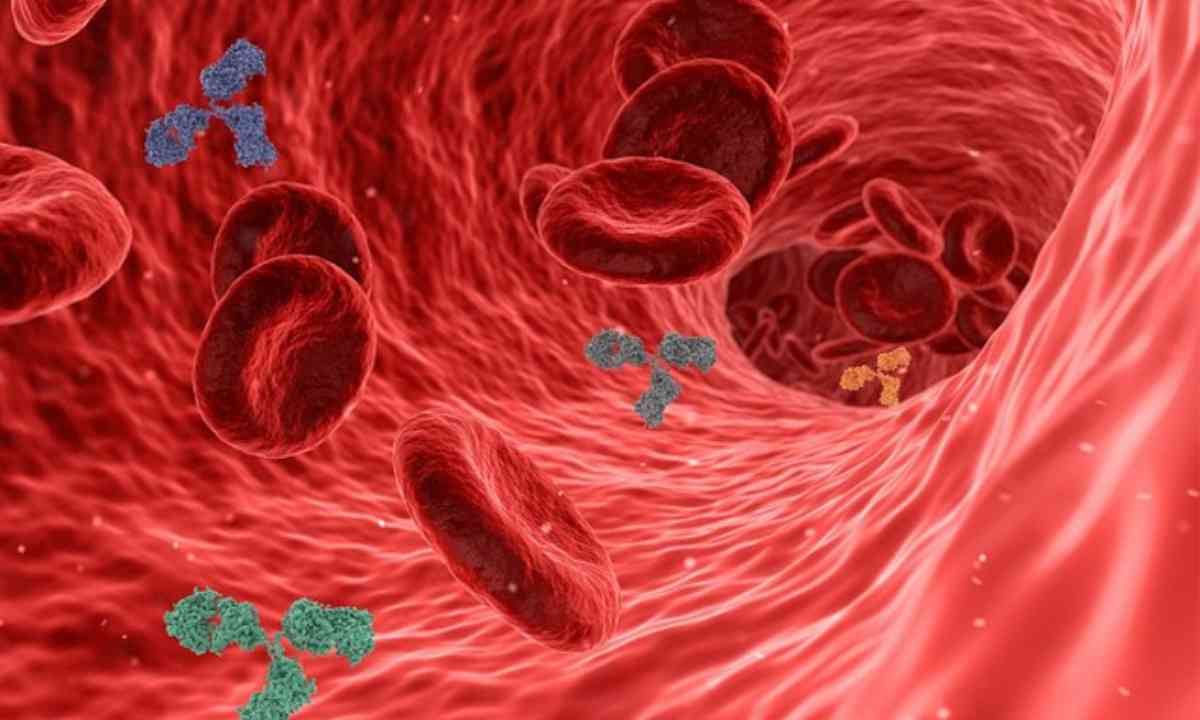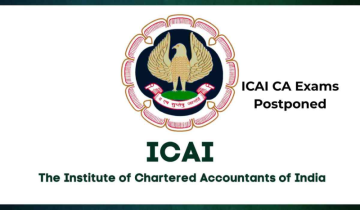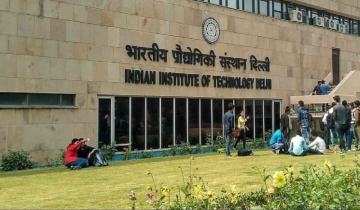In India, sickle cell anaemia is a serious public health issue. With over 2 crore people carrying sickle cell characteristics and 14 lakh persons suffering from sickle cell disease, India is thought to have the second-highest disease burden. About 1 in every 86 births among indigenous groups in India are impacted by the illness, which disproportionately affects the most disadvantaged tribal populations.
To lower the prevalence of sickle cell anaemia, awareness-building is essential. Raising public knowledge of the disease, its genetic basis, patterns of inheritance, and the value of genetic testing should be the main goal of public education efforts. People, families, and communities may all benefit from education, which can help debunk myths and misconceptions about sickle cell anaemia and promote wise decision-making.Testing for sickle cell anaemia helps with continuing research and advances in the area.Researchers can learn more about the frequency, distribution, and effects of sickle cell anaemia in various groups by identifying people who have the condition or who have the sickle cell trait.
:max_bytes(150000):strip_icc()/GettyImages-188057719-56a0a9275f9b58eba4b28acf.jpg)
Taking the right steps for the future towards eradication of this disease, will lead us to a country without this dreadful disease.
© Copyright 2023. All Rights Reserved Powered by Vygr Media.


























